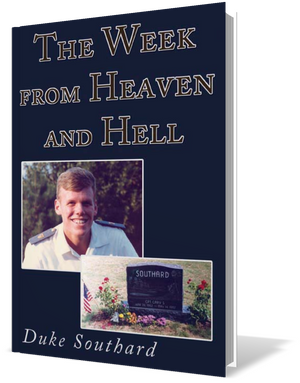My last post briefly discussed hindsight, which is so often referred to in terms of perfect eyesight, as in 20-20 vision. My humble opinion is that the cliché is a fallacy. The further removed from an event or a conversation in time and space, the less accurate hindsight becomes. This is especially true of events and conversations that fit into the category of uncorroborated hearsay. There are many of these in Murder in a Small Town: The Tragic Death of Stacey Burns.
Here we are, two months shy of five years since Stacey Burns was murdered. If a conversation or an event took place on the day before she was killed and only one person other than Stacey was present, it would be impossible to corroborate it the day after she was killed, let alone five years later. Hindsight is not 20-20. Here is a paragraph from Chapter Two: A Prelude to Murder- Saturday, May 9, 2009, p. 28.
” . . .any assumptions . . .remain in the zone of uncorroborated hearsay. Stacey Burns was living her last few hours on earth. As time moved inexorably toward those horrible moments of Mothers” Day morning, one wonders if she thought back over the day, a day in which she apparently spent much of her time in frustration and confusion. The complexities of her life had to be distressing and one can only imagine what this vital, intelligent, and competent young woman might have been thinking as she retired for the night.”
As I’ve said before, looking backward in life’s rearview mirror does not always produce very clear images.
Duke


The last thing I ever said to Stacey,around 11:30 pm that Saturday night was “are you going to be O,K ? And the last thing she said to me was “I am now”. I’ll always take comfort in that. I miss her.
CAN YOU SHARE JIM? What was she worried about and why did she feel OK?
Its nice to know her mind was in a safe place and maybe she was asleep,sleeping well when it happened.
I recently was told that some people don’t want an arrest in this case only because they are afraid that Stacey’s name will be tainted. The comment bothered me for this reason. It seems that mainly two names have been thrown out there as “suspects”. Think about that. They couldn’t have both committed this crime. Pity the poor person that is innocent. Who is worried about that persons name being tainted and the hell that they must live with every day? I pray every day that this will be solved not only for Stacey’s children but for the innocent person who has been forced to live with the rumor and speculation. Notice the AG quickly cleared up the rumor that the Wolfeboro police department screwed up the evidence but leaves the innocent man flapping in the wind.
It seems to me that they both could be innocent. Its natural to hate each other. Someone else, anyone else may have executed a perfect murder…………
It is terrifying a person could have Stacey’s skin under their nails and a scratch on their face… the day after the murder and not be arrested… Someone in law enforcement or the district attorneys office should provide explanation. A jury of this persons peers would NEVER find them innocent. It is a disgrace of the justice system.